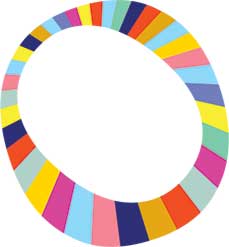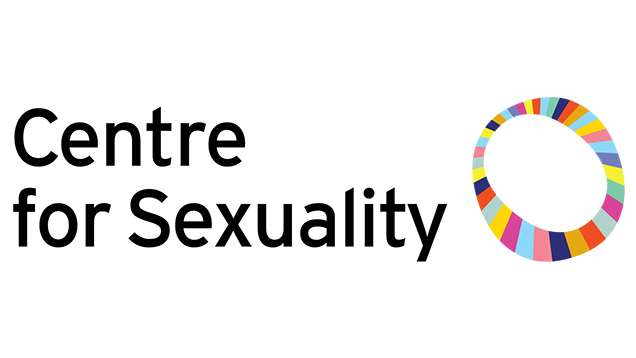When was the last time you heard a gay joke? Last week. How often do you hear people use the words “fag” or “dyke” as a compliment? Never. When someone says something is “totally gay” what are the chances they mean something positive? None.
Derogatory jokes and comments about sexual orientation are so common that they have become accepted as part of our everyday language. So what’s the big deal? Well, these seemingly harmless jokes and remarks are hurtful and send a strong message that being LGBT (lesbian/gay/bisexual/transgender) is unacceptable. They are part of the reason that many LGBT teens don’t dare come out and suffer in silence instead of risk alienation from their peers.
It’s called homophobia.
Today – May 17th – is International Day Against Homophobia. Today offers all of us another opportunity to make a concrete effort in our own lives to counter homophobia.
What is Homophobia?
Homophobia is an irrational fear and/or hatred of same-sex attractions that can be expressed through prejudice, discrimination, harassment or acts of violence (known as “bashing”). When this prejudice and discrimination is directed at transsexual and transgender people it is known as Transphobia.
Homophobia and transphobia are not just experienced by people who are LGBT but by people who are thought to be LGBT because they do not necessarily fit in with assigned gender roles. This demonstrates confusion about gender and sexual orientation. Gender refers to the behaviours that a culture assigns to being male or female. Sexual orientation is who you are sexually attracted to.
Heterosexism is the assumption that everyone is, or should be, heterosexual and that heterosexuality is the only normal, natural or good expression of sexuality. This attitude pervades our culture and impacts the day to day lives of LGBT individuals. Through language, culture, media, and institutions LGBT individuals receive the message, “you are not included here”. The result is a homophobic culture that fears rather than includes LGBT individuals.
Homophobia and transphobia are easier to spot because they involve behaviour that actively puts LGBT people down. Heterosexism is less likely to be noticed because it doesn’t mean that LGBT people are being negatively targeted but that the whole world excludes them – it is in the air they must breathe.
What can we do to fight Homophobia?
Fight heterosexism!
What is heard!
Be conscious of what you say and do on a daily basis to exclude LGBT citizens. If you are a teacher, parent, counselor or coworker, use the term “partners” when referring to intimate relationships and ask, “Are you seeing someone?” rather than “Do you have a boyfriend or girlfriend?”
Remove derogatory comments and jokes about sexual orientation from your own everyday language. Today is an opportunity to let your children, friends or co-workers know that from now on slurs such as “fag(got)”, “dike”, “homo” and any other derogatory remarks toward gays and lesbians will no longer be tolerated out of respect for gays and lesbians and their immediate families.
What is seen!
Whether you are a librarian, own a car dealership or are a youth worker, be sure to display messages and materials that represent all sexual orientations and show gender diversity.
Let’s work towards a vision of a society that embraces diversity in all its forms. A society where all members regardless of their sexual orientation or gender feel accepted and celebrated for who they are and their unique contribution.
We invite you to share this blog with your networks, and help continue the conversation.
Thank you.

